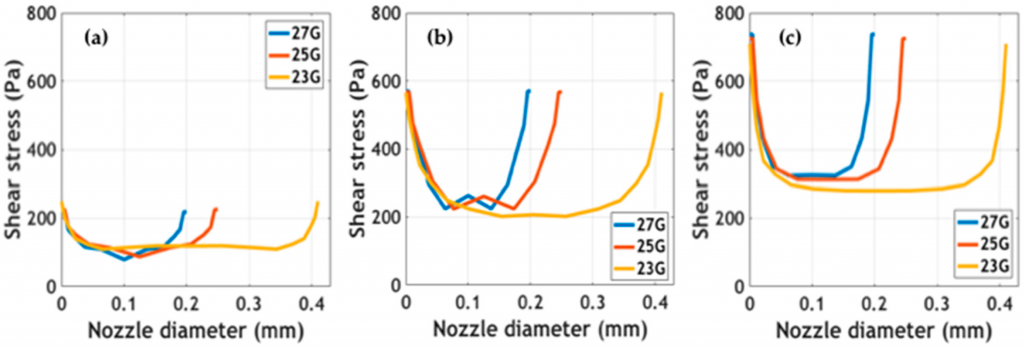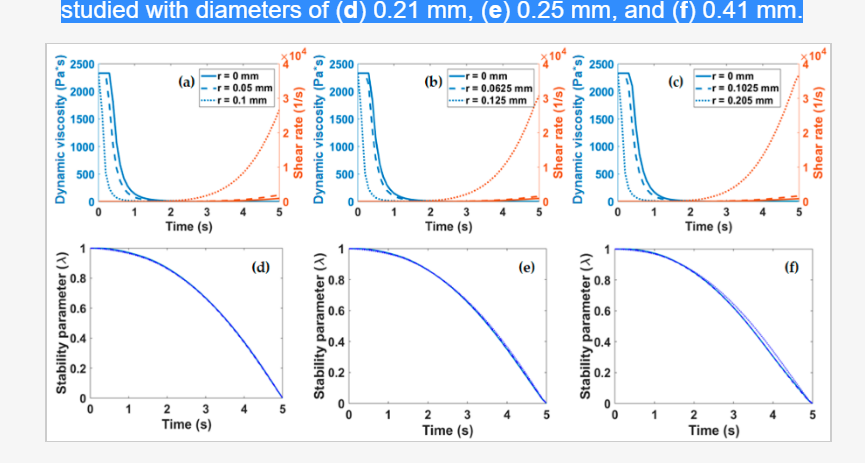When we were assembling our bioprinting world map, we omitted some companies. We are adding to that map and will continue to do so until we have everyone. One of the firms that we did not initially find is Omid Afarinan, also known as 3D Bio. This is an Iranian firm that makes bioprinters and bioinks. We have thus far seen comparatively little 3D printing and bioprinting activity in Iran, so we were more than happy to do an interview with the firm to find out more (as well as apologies for forgetting them in the world map!).
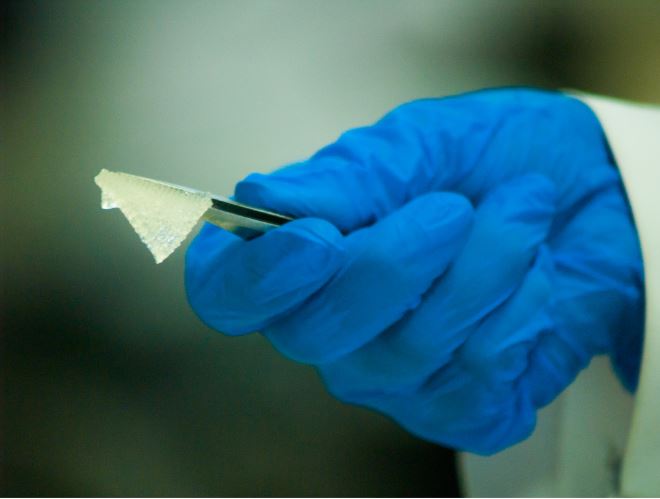
What does your company do?
Our company works on the whole bioprinting chain from tissue design to application stage. The focal point of our efforts in this chain is design, fabrication and development of commercial bioprinters. All research and development attempts are defined based on the targeted tissue or in other words the tissue need and market trend. Based on this fact, the target tissue determines the customization of the bioprinters, the choice of living cells and bioinks creating a multi-disciplinary ecosystem of scientific fields.
Where do you hope to be in five years?
Our mid-term goal in the next five years is turning into a leading company in bioprinting research and development with several specialized laboratories and the sole bioprinting service hub. Achieving the first transplantable living tissue would be the ultimate goal in this period.

Why should someone choose to work with you?
Our team has the capability of creating a wide range of customizations in bioprinter design both on the hardware systems and software. This capability leads to customer-made versions and tissue-specific printers. Our bioprinters are of high quality and competitive to its foreign counterparts from the accuracy and cost point of view. Our exemplary teamwork among various experts and the existence of a multi-profession environment led to current achievements and also resulted in training talented trainees. Our team welcomes specialized groups and eager students especially in the field of molecular and cellular biology to strengthen its abilities.
What are the differences between the Biofab and the Pioneer series?
The main difference between these series is their printing mechanism. The Pioneer bioprinter is extrusion-based using screws while Biofab utilizes pneumatic actuators for printing. This, in turn, makes Biofab more capable especially in the case of accuracy. The Pioneer version possesses the ability of unparalleled control over print heads and can print a variety of hydrogels. Moreover, the Biofab version supports a wide range of biomaterials and viscous cell suspensions for printing.
Both series provided in two versions, with 2 or 4 printing heads.
What kind of bioinks have you developed?
Omid Afarinan, as the first national company in Iran, has gathered experts from different fields of science with the aim of producing novel bioinks. Omid Afarinan bioinks are cost-effective, have high printability, mimic extracellular matrix (ECM) and provide a suitable environment for cell proliferation, growth, and differentiation. Some of the new unique bioinks of the 3D-Bio Team are PCL, PCL/Starch, Alginate and Alginate/Gelatin bioinks. Soft-Ink is the newest bioink of the company; a biodegradable bioink based on pure Alginate and Gelatin which can support growth and proliferation of any cell type of soft tissues. One of the main features of this bioink is high printability and uniformity with the ability to adjust the stiffness of its printed matrix.
In addition to a variety of bioinks from thermoplastic materials to hydrogels, the company also produces custom-made bioinks for specific applications.
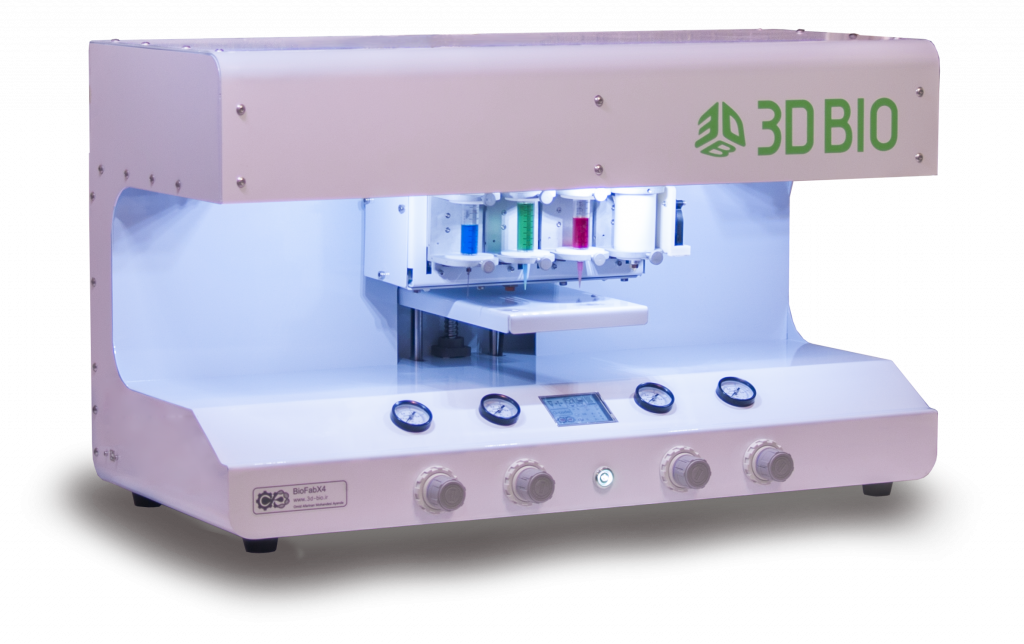
What are customers doing with your printers?
The customers mainly use the printer for conducting state-of-the-art researches especially on creating regenerative tissues for transplantation and studying the behavior of living tissues. In particular, our current customers work on hard tissue as bone scaffold especially maxillofacial and soft tissue including cartilage, skin, cornea and heart. The study on drug delivery, cosmetic research and cancer treatment are other aspects of what our customers do with bioprinters.
What short term successes do you see occurring in bioprinting?
Successes in bone and cartilage tissues are promising in recent years. This is due to the fact that such tissues have low cell densities. This is more pronounced in the bone tissue where acellular scaffolds can be used. Skin printing comes next in the list on the soft tissue side, for being a flat and multi-layered tissue. Also, Bioinks are being developed in parallel but at a slower pace. These short-term successes would pave the path for tissues with more complex geometries.
Where is bioprinting challenging?
The challenges exist in both pre- and post-printing stages of bioprinting. At pre-printing stage, the challenge is on the printability of biomaterials and Bioinks. In other words, making the materials printable and the suitability of the printing is of prime importance. Overcoming this challenge leads to printed functional tissues that could mimic real ones. On the post-printing stage, the challenges mainly arise from the complexity in living tissues especially vascularization and post-printing processes such as cell culture and migration that makes the printed tissues ready for their applications. These challenges and issues need close collaborations between different experts to resolve in short and long-term periods.
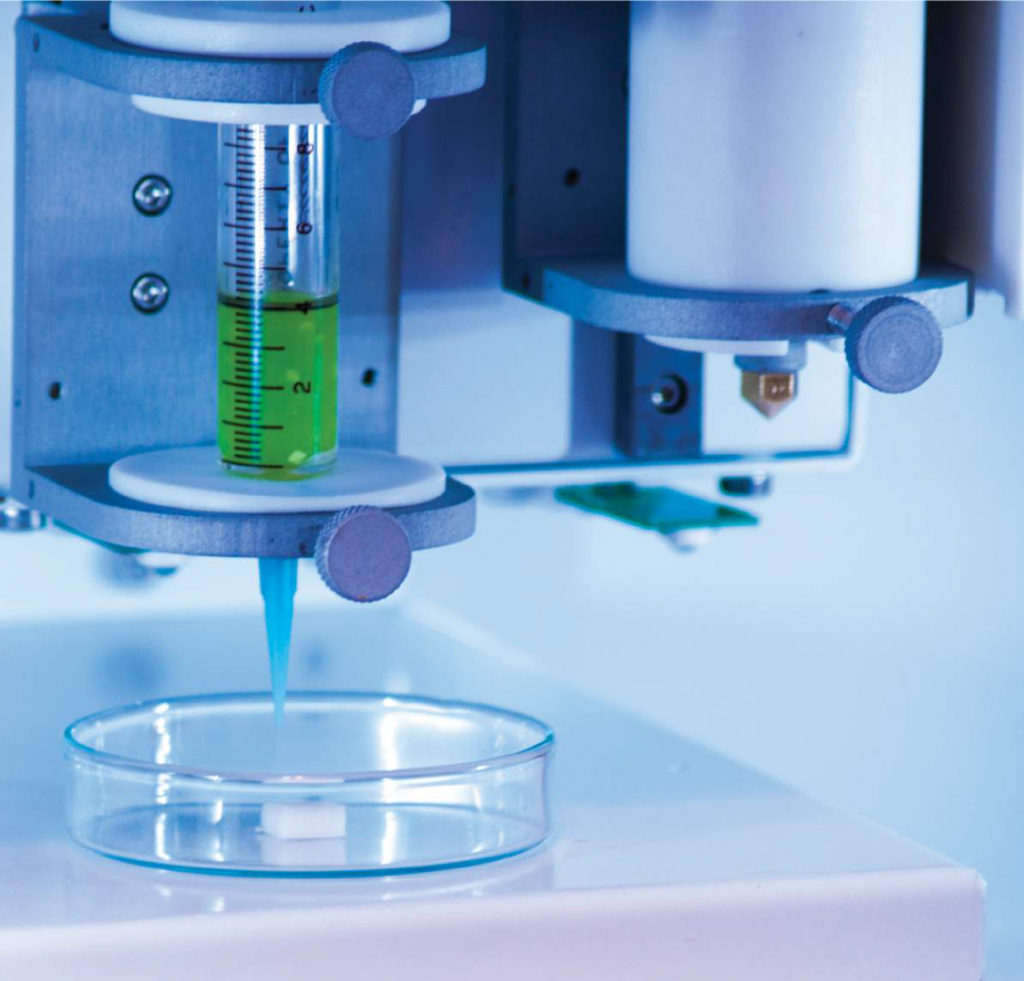
What advice would you have for a researcher wanting to get into bioprinting?
The first advice is that the researcher should wear iron shoes. In other words, facing many difficulties is unavoidable and gaining achievements may take time. So, patience and being hopeful is the key point. Furthermore, bioprinting requires a multi-disciplinary group including engineers, biologist and doctors and no one can individually succeed in this path. Finally, utilizing a standard and reliable bioprinter could be beneficial and time-saving for any researcher.
The post Omid Afarinan is Bioprinting in Iran appeared first on 3DPrint.com | The Voice of 3D Printing / Additive Manufacturing.


